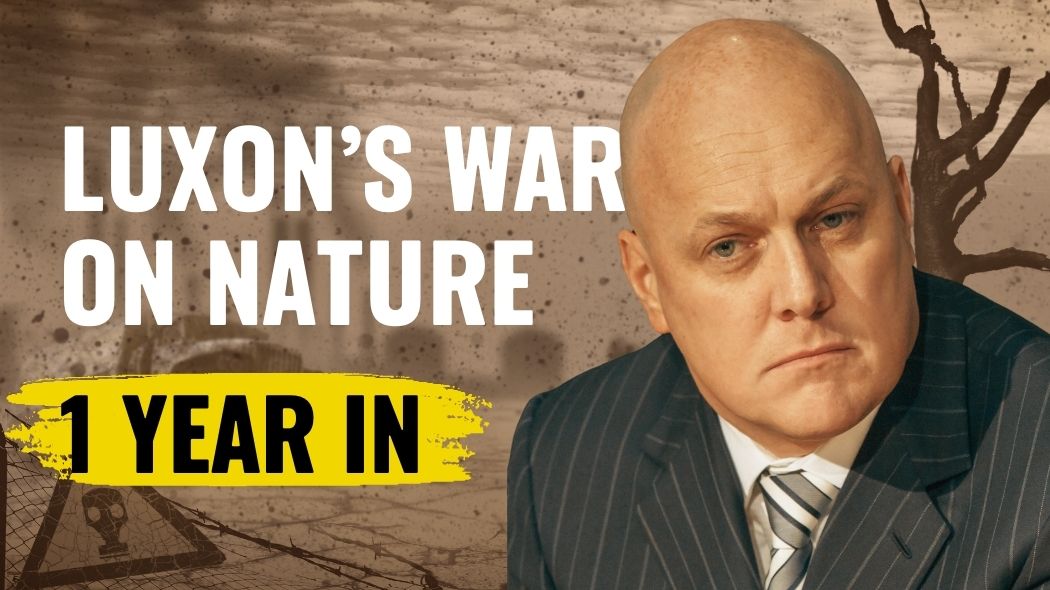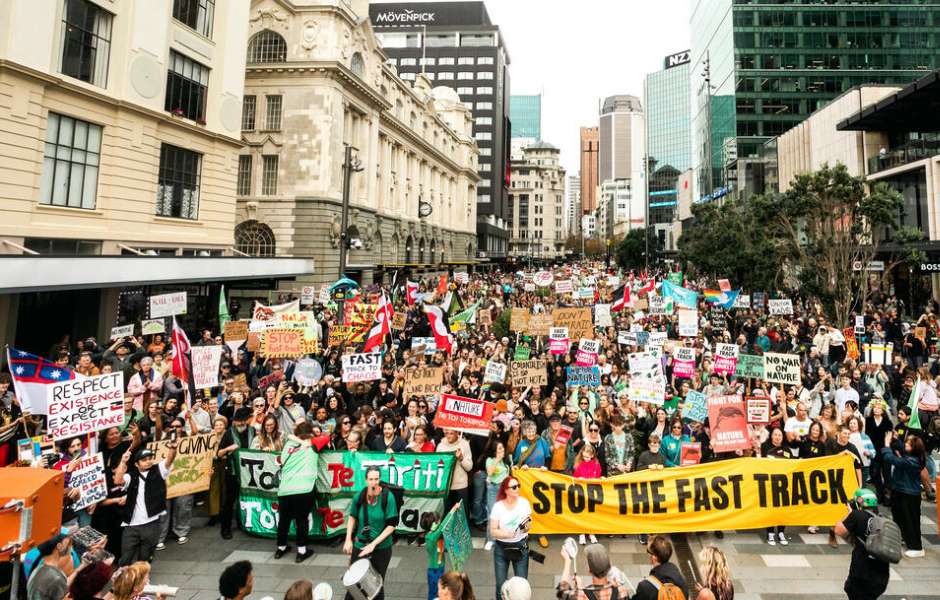A major new analysis of the threats facing the world’s oceans has been released by Greenpeace today, in a report that also sets out a political roadmap for protecting 30% of the ocean by 2030.
Called 30×30: From Global Ocean Treaty to Protection at Sea, the report comes a week before the UN Ocean Treaty opens for signatures at the General Assembly and includes recommendations for three ecologically significant sites on the high seas that could become the first marine protected areas – one of which is the South Tasman Sea/Lord Howe Rise between Australia and New Zealand.
The report, which follows on from the original 30×30 Blueprint for Ocean Protection published in 2019, provides detailed analysis of the cumulative threats to ocean health including ocean warming, pollution, acidification, deep sea mining and industrial fishing.
It makes clear the increasing pressures on the world’s oceans and the need for urgent political action to deliver 30×30, the United Nations target of protecting 30% of the world’s oceans by 2030, using the new Global Ocean Treaty, an historic treaty which was agreed on by UN member states in March and paves the way for creating marine protected areas in international waters.
Says Chris Thorne of Greenpeace’s Protect the Oceans campaign: “The Ocean Treaty was a historic win for nature but as our report shows, the threats to marine life worsen every day. The Treaty gives us a powerful tool to protect the oceans, but now governments must urgently ratify the Treaty and deliver ocean sanctuaries to give the oceans space to recover and thrive.”
The report includes new analysis that shows apparent fishing activity in the high seas rose by 8.5% to nearly 8.5 million hours between 2018 and 2022. Over the same time period fishing activity in the biodiverse areas earmarked for protection rose by 22.5%. Drifting longlines make up over ¾ of total apparent high seas fishing activity and longlining is a destructive fishing method, responsible for high levels of bycatch.
Says Thorne: “Destructive practices at sea threaten the future of ocean health and by extension, the future health of our whole planet. To give marine life a chance, at least 30% of the oceans must be protected in a network of ocean sanctuaries by 2030. We have just seven years left. Countries serious about ocean protection must sign the Ocean Treaty next week at the UN General Assembly and ensure that it is ratified by the UN Ocean Conference in 2025.”
Fully or highly protected ocean sanctuaries, which can be established under the Treaty, are a solution to the ocean crisis. They provide a safe haven for marine life, free from human pressures, helping fish populations recover.
Currently, less than 1% of the high seas, areas beyond national jurisdiction, are properly protected and to reach 30×30 around 11 million square kilometres of ocean must be protected every year, more than the surface of Canada.
Greenpeace’s report outlines the political steps and actions necessary to establish these ocean sanctuaries using the Treaty. It recommends three specific sites on the high seas to be among the first set of ocean sanctuaries, due to their ecological significance: the Emperor Seamounts in the Northwest Pacific Ocean, the Sargasso Sea in the Atlantic ocean and the South Tasman Sea/Lord Howe Rise between Australia and New Zealand.
Along with other Greenpeace offices around the world, Greenpeace Aotearoa has today launched a petition calling on the New Zealand government to back the creation of marine sanctuaries on the high seas.
Ellie Hooper, oceans campaigner at Greenpeace Aotearoa says New Zealand must once again show ambition and leadership on High Seas protection.
“We have no time to lose when it comes to protecting a third of the world’s oceans. Alongside getting the Treaty ratified without delay, New Zealand must start developing High Seas marine protected area proposals now so that we can get protections in place urgently”, says Hooper.
“As a champion of a strong Treaty during negotiations, and as a key player in the Pacific, New Zealand must continue to show ambition and urgency on this, ratify the agreement without delay and help create a brighter future for our blue planet.”

Call on the Foreign Affairs Minister Winston Peters to create new global ocean sanctuaries and protect our blue planet.
Sign the petition


